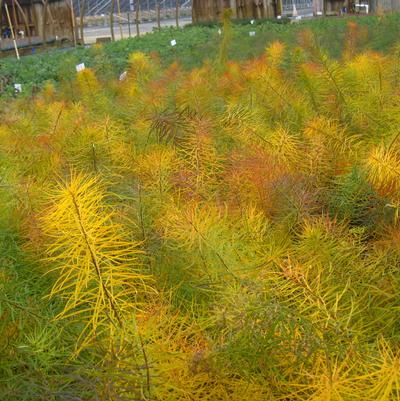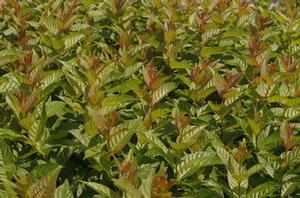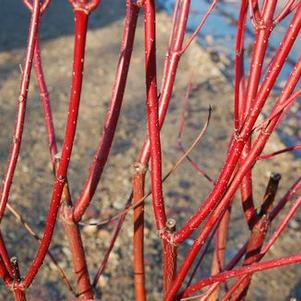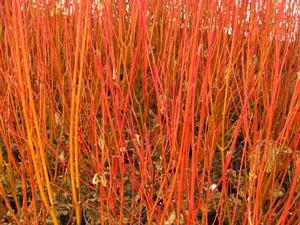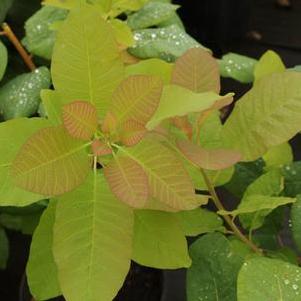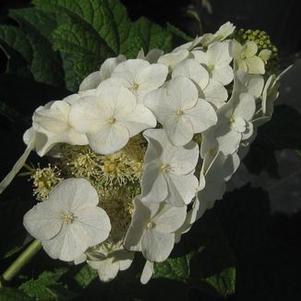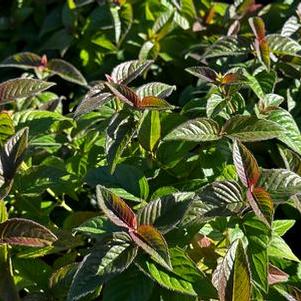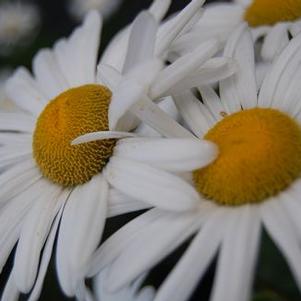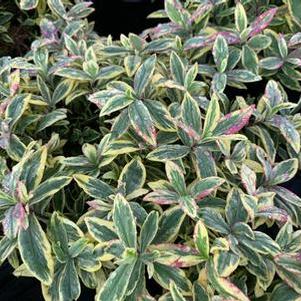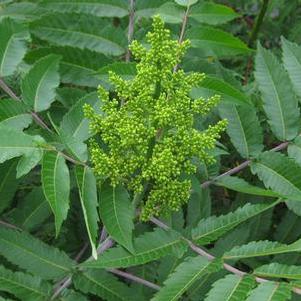The Art of Senescence
As with all cycles of life, everything must come to an end. Some things go out softly like a candle flame, others in a chaotic blaze of glory. Autumn is a time of slowing down, of things beginning to move inwardly for the winter; autumn is a reminder that all things are transient, ever-evolving from the richest and most spirited of life’s delights to eventually undergo the process of inevitable, quiet decay. While this sounds a bit ghastly, in reality renewal, regrowth, and regeneration are not possible without the turning of tides, so to speak. It may seem like there is a larger metaphor at work here, and you’d be right in thinking so. After all: trees lose their leaves to protect themselves through harsh environmental conditions and to continue their growth process the following year, much like we human beings sometimes must shed some of the outgrown parts of ourselves in order to persevere through difficult moments and come out stronger on the other side.
This week, we’re exploring some of the science and art behind the seasonal shift that is responsible for the inward spiral of all plant beings, specifically our woody friends. There are plenty of gorgeous specimens around the nursery right now just begging for the spotlight with their rainbow gradients, so let’s give credit where credit is due: right back to Mother Nature.
It’s no surprise that the decrease in temperatures and daylight hours have a massive impact on the productivity of natural processes – how many times has 5:30pm rolled around, the sun is already down, and you’re thinking “jeez, maybe going to bed in two hours wouldn’t be the worst thing”? Well, plants essentially have the same biological clock letting them know that it’s time to shut things down for a few months, get more rest than normal, and conserve energy for the coming year. The chlorophyll production that keeps many leaves lush with green hues in the spring and summer begins to decrease along with the daylight hours, and with this comes a breakdown of sugar molecules that allows for the dramatic color change from green to reds, oranges, yellows, purples and maroons that define the woodland landscape of the Northeastern United States. Chlorophyll is replaced instead with anthocyanins, responsible for reds and purples, carotenoids and xanthophylls, responsible for orange and yellow colors, and tannins, which are responsible for brown colors such as those known to Quercus and Fagus species. Below is a helpful infographic created by the Chicago Botanic Garden to better illustrate these seasonal molecular changes.
Interestingly, while tannins, xanthophylls, and carotenoids tend to have more of a widespread responsibility for the color change in foliage and fruits, anthocyanins occur more rarely in specific plant species, making it a bit of a special experience wandering upon a purple-and-red leaved specimen. Anthocyanins are responsible for giving flowers and fruits their red and purple tones such as the red petals of Papaver and the red-ripening of Rubus fruits. Other plants such as Cotinus obovatus and Acer rubrum wait to show off their anthocyanin-riddled patterns until October and November each year. Anthocyanins often create inconsistent, rather abstract designs in colorful patches between leaf venation, while xanthophylls and carotenoids tend to be more fully-encompassing.
In flowering perennials such as the incredibly charming Echinacea purpurea ‘Raspberry Truffle’ with its frilly double-petals, anthocyanins can be manipulated to produce desired red, pink and purple tones. Senescence of perennials does, after all, begin with flower production signaling the end of the plant’s reproductive life cycle. Perennial foliage is no stranger to the effects of cooler temperatures and shorter daylight hours, though, as we often see various red, yellow, purple and bronzy greens emerging from innumerable species: Monarda bradburiana ‘Midnight Oil’, Amsonia hubrichtii, and the variegated Phlox divaricata ‘Blue Ribbons’ are all wonderful examples of the vast autumnal palettes available to perennial foliage, and represent only a small sample of seasonally appropriate perennials that can be found throughout fall with all of their pigments on display.
Brotak, Ed. “Why Tree Leaves Change Color in Autumn - Horticulture.” Horticulture, September 21, 2021. https://www.hortmag.com/gardeners/fall-foliage-explained.
Clark, Caitlin. “Why Do Trees Change Color?” Texas A&M Today, January 30, 2023. https://today.tamu.edu/2020/11/25/why-do-trees-change-color/.
Enroth, Christopher. “Why Do Tree Leaves Change Color in Autumn?” College of Agricultural, Consumer & Environmental Sciences Illinois Extension, October 8, 2019. https://extension.illinois.edu/blogs/good-growing/2019-10-08-why-do-tree-leaves-change-color-autumn.
Mekapogu, M., Vasamsetti, B. M. K., Kwon, O. K., Ahn, M. S., Lim, S. H., & Jung, J. A. (2020). Anthocyanins in Floral Colors: Biosynthesis and Regulation in Chrysanthemum Flowers. International journal of molecular sciences, 21(18), 6537. https://doi.org/10.3390/ijms21186537
O’Keefe, John, and David Lee. “Leaf Pigments.” Leaf Pigments | Harvard Forest, 2004. https://harvardforest.fas.harvard.edu/leaves/pigment.
Smithsonian Institution. “Why Do Leaves Change Color in the Fall?” Smithsonian Institution, September 21, 2021. https://www.si.edu/stories/why-do-leaves-change-color-fall.
The Graphic Gardeners. “Why Do Trees Turn Colors?” Chicago Botanic Garden, October 13, 2015. https://www.chicagobotanic.org/blog/plants_and_gardening/why_do_trees_turn_colors.
USDA. “Science of Fall Colors.” US Forest Service. Accessed October 20, 2023. https://www.fs.usda.gov/visit/fall-colors/science-of-fall-colors.
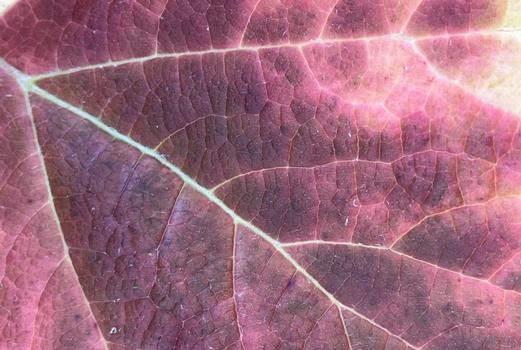
Hydrangea quercifolia Snow Queen™


